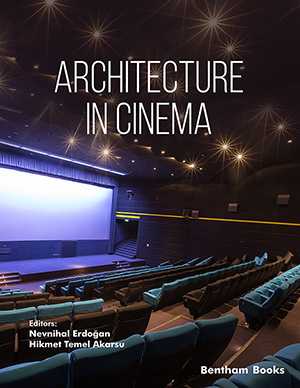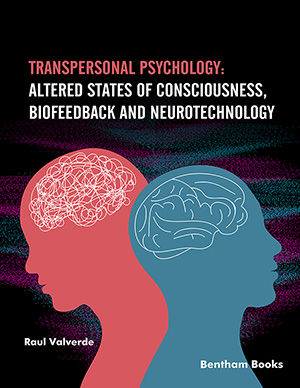Abstract
Having begun with consecutive photographic frames depicting real life, the journey of the art of cinema has always left a permanent emotional impact on the audience with visual presentation techniques, surreal plot lines, and spatial organization. Cinema, which is also in connection with other branches of art, also has a special connection with architecture in terms of the fictional spaces that the aspects of the plot occur in. This connection has always kept cinema in a dynamic advancement. The cinema film set that is formed by taking inspiration from a city and the new world order that is realized by taking inspiration from this film set continuously supports each other. Notions of time and space are among the important components of these two branches of art. Architectural structures and cinema films that can challenge years and remain standing have always been constructed with a planning approach that is always ahead of its time. Thus, their effects are still debated even after many years.
In 1927, when it was released, having had a spatial organization that was ahead of its time, Metropolis still remains a source of inspiration for architecture, although it was designed based on a real city in the world. This film, in which we can see the effect of architecture on the cinema clearly, is also among the films that have to be seen in terms of architecture. The film has inspired many artworks around the world with its spatial organization that interpreted the different art trends dominating the time the film was shot.
In this study, in the movie Metropolis, which presents a cross-section from the future, the architectural elements that Fritz Lang, who studied architecture, highlighted with his imagination, and the effect of space on the film are discussed. The effects of art movements and political developments on the world of architecture and cinema will be examined.
Keywords: Art deco, architectural style, bauhaus, cinema and architecture, classroom distinction, cult, dystopia, expressionism, futurism, modernism, metropolis, plot, science fiction, silent cinema, space fiction, space, urban architecture, urban identity, urbanization, vertical architecture.







